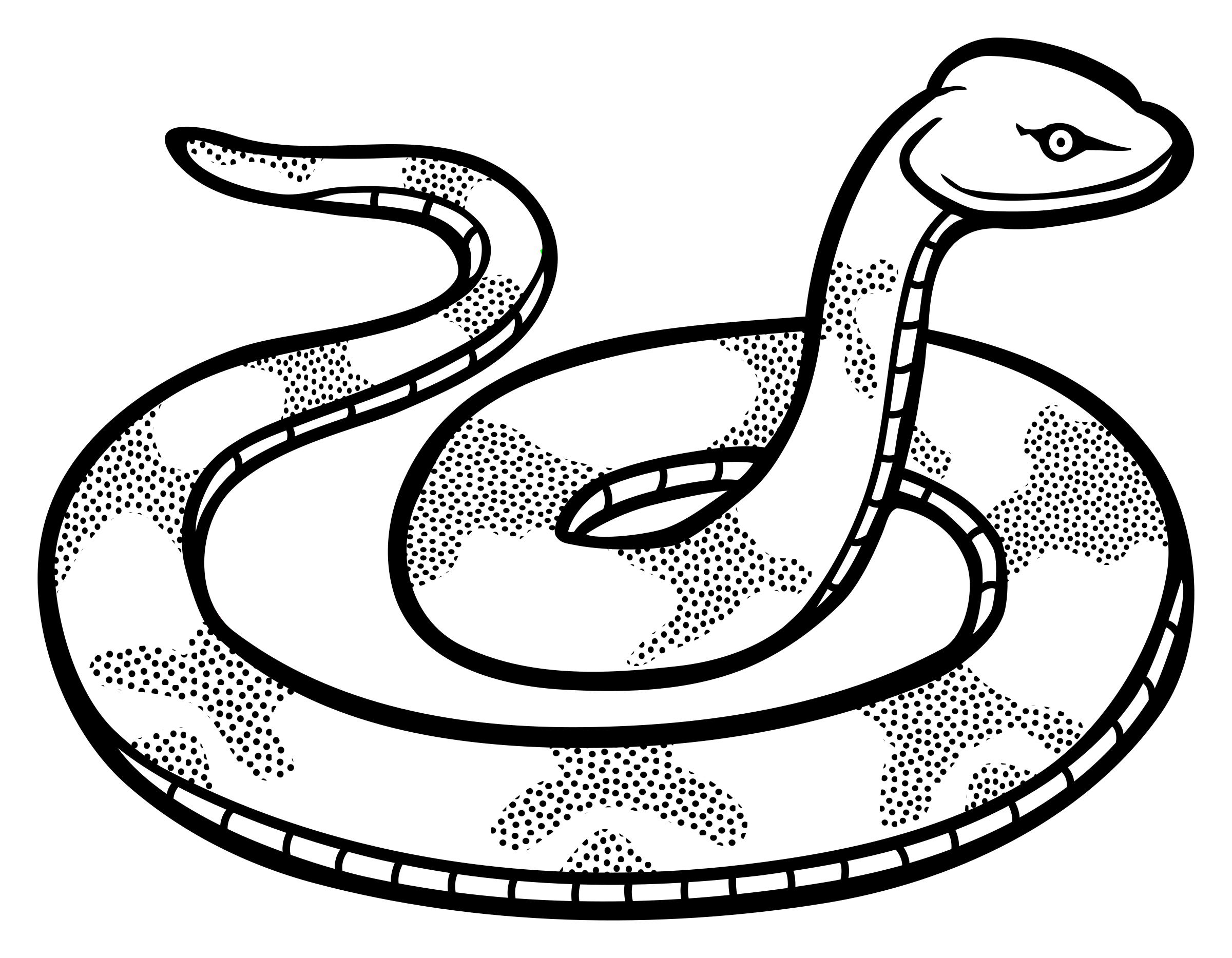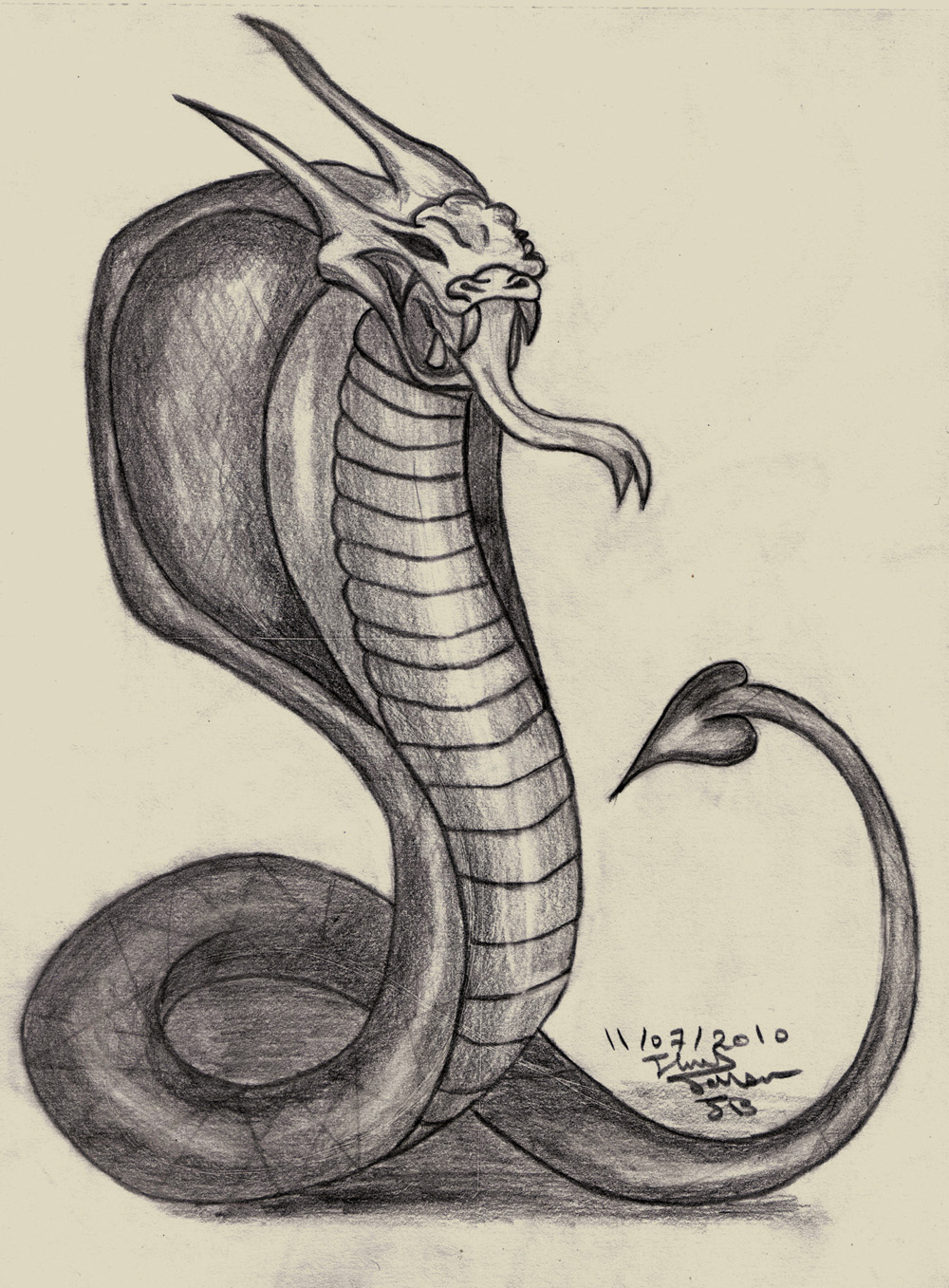
Introduction
Snake drawing is a popular form of art that involves capturing the beauty and intricacy of these fascinating reptiles on paper or canvas. It is both a creative outlet and a way to learn more about these slithering creatures. In this article, we will explore the art of snake drawing, providing tips and techniques for beginners and enthusiasts alike. Whether you're looking to improve your drawing skills or simply want to appreciate the art form, this article is for you.

Getting Started
Before diving into snake drawing, it's important to gather the necessary materials. You will need a sketchpad or drawing paper, pencils of various hardness, an eraser, and any additional coloring materials you prefer. Once you have your materials ready, find a quiet and comfortable space where you can focus on your artwork.

Observation and Reference
When drawing a snake, it's crucial to observe their unique features and body structure. Take some time to study real-life snakes or reference high-quality images to understand their proportions, scales, and patterns. Pay attention to the shape of their head, the placement of their eyes, and the patterns on their skin. This observation will help you create a more accurate and lifelike representation of a snake in your artwork.

Basic Shapes and Guidelines
Begin your snake drawing by sketching basic shapes and guidelines. Start with a simple curve or an elongated "S" shape to represent the snake's body. Use light pencil strokes so that you can easily make adjustments as you progress. Next, add circles or ovals to outline the head and the body segments of the snake. These basic shapes will act as a framework for your drawing.

Adding Details
Once you have the basic shapes in place, it's time to add details to your snake drawing. Start by refining the outline of the head and body, making sure to capture the unique shape and features of the specific snake you are drawing. Use curved lines to define the contours of the snake's scales, paying attention to their arrangement and size. Keep your pencil strokes flowing smoothly to create a sense of movement and texture.

Shading and Texturing
To bring your snake drawing to life, incorporate shading and texturing techniques. Snakes have smooth scales that reflect light differently, creating highlights and shadows. Use your pencil to add shading along the body, emphasizing the curves and contours. Pay attention to the direction of the scales and shade accordingly. You can also experiment with cross-hatching or stippling to create texture and depth in your artwork.

Coloring Your Drawing
Once you're satisfied with the pencil drawing, you can choose to add color to your artwork. Snakes come in a variety of vibrant hues and patterns, so feel free to get creative with your color choices. Consider using colored pencils, markers, or even watercolors to add a pop of color to your snake drawing. Remember to layer your colors gradually and blend them smoothly for a more realistic and visually appealing result.

Practice Makes Perfect
Like any form of art, snake drawing requires practice and patience. Don't be discouraged if your initial drawings don't meet your expectations. Keep practicing and experimenting with different techniques. Study the works of other artists for inspiration and try to incorporate their styles into your own. With time and dedication, you will see improvement in your snake drawing skills.

Showcasing Your Artwork
Once you have perfected your snake drawing, it's time to showcase your artwork. You can share your drawings on social media platforms to receive feedback and appreciation from fellow art enthusiasts. Consider joining online art communities or participating in local art exhibitions to gain exposure and connect with like-minded individuals. Embrace the opportunity to learn and grow as an artist.

Conclusion
Snake drawing is a captivating art form that allows you to express your creativity while appreciating the beauty of these reptiles. By following the tips and techniques outlined in this article, you can enhance your drawing skills and create stunning snake artwork. Remember to observe and reference real snakes, use basic shapes and guidelines, add details and shading, and experiment with colors. With practice and dedication, you will become a skilled snake artist.